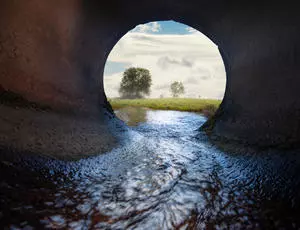Historical sources indicate that access to quality drinking water has always been a concern for the residents of Yerevan. The city lacked both a water supply system and a sewage system. For centuries, the only source of drinking water for the inhabitants was the Getar River, known at the time as the Kerkhbulagh River. Over the years, attempts were made to bring water to the city from other locations. Some of these attempts were successful, but the water, flowing through the city streets, would arrive contaminated.
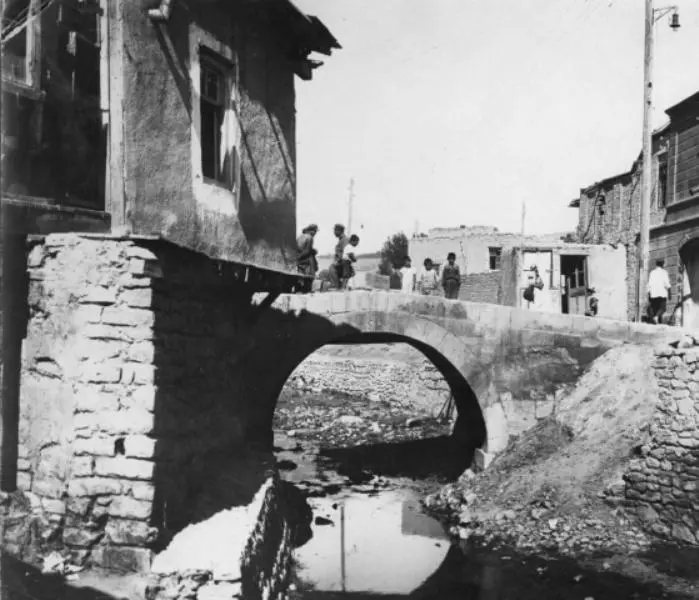
Getar — formerly the Kerkhbulagh River.
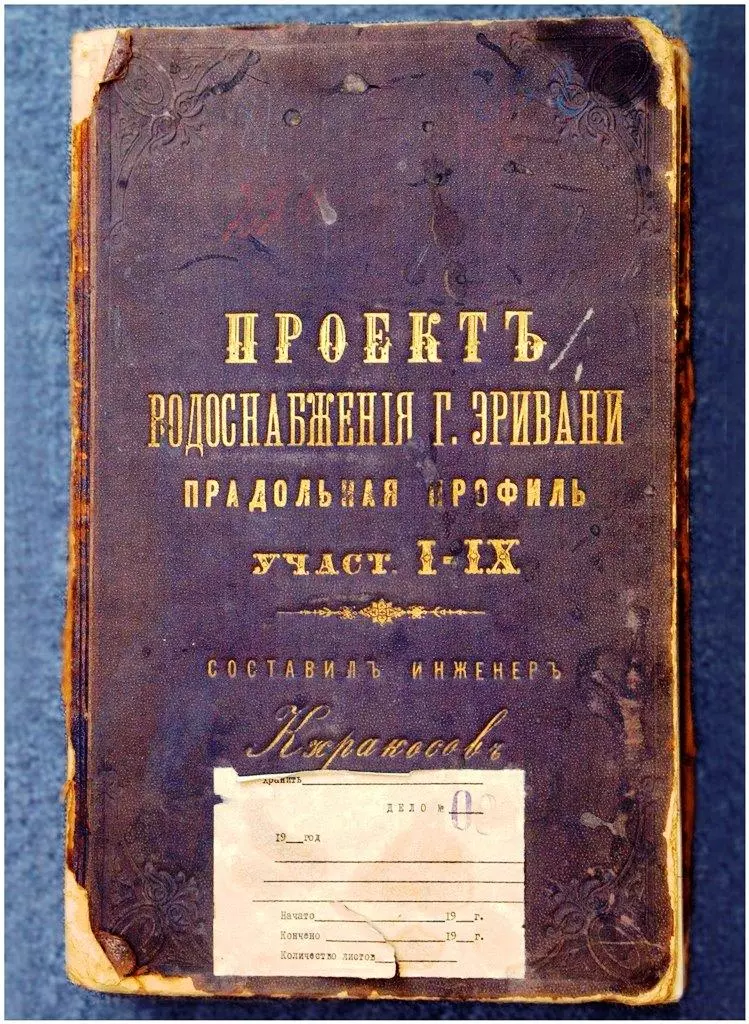
The first project of Yerevan's water supply network.
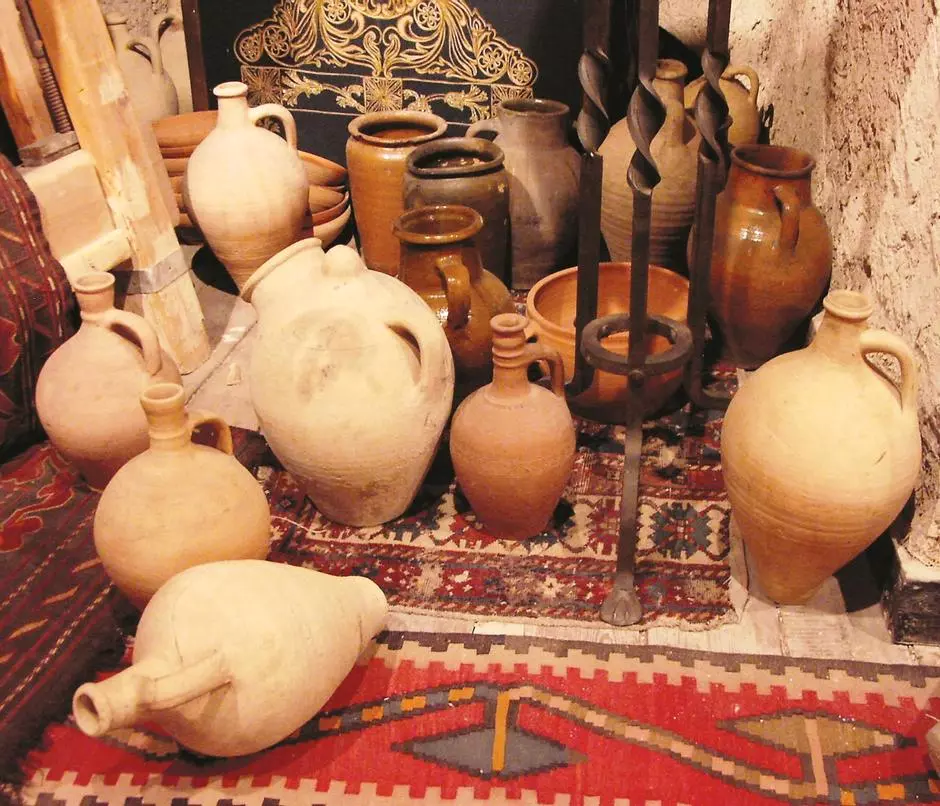
Yerevanian jugs.
Until the 20th century, the issue of water supply in Yerevan remained unresolved. Various committees were formed to study the problem, and several proposals and projects were presented. However, the state did not allocate funds to bring water from the mountain springs located around the city.
Finally, on May 2, 1903, the timeline for constructing a water supply system was discussed in the city council. After several delays, in April 1909, construction began on a water pipeline from the Forty Springs, located 20 kilometers from Yerevan.
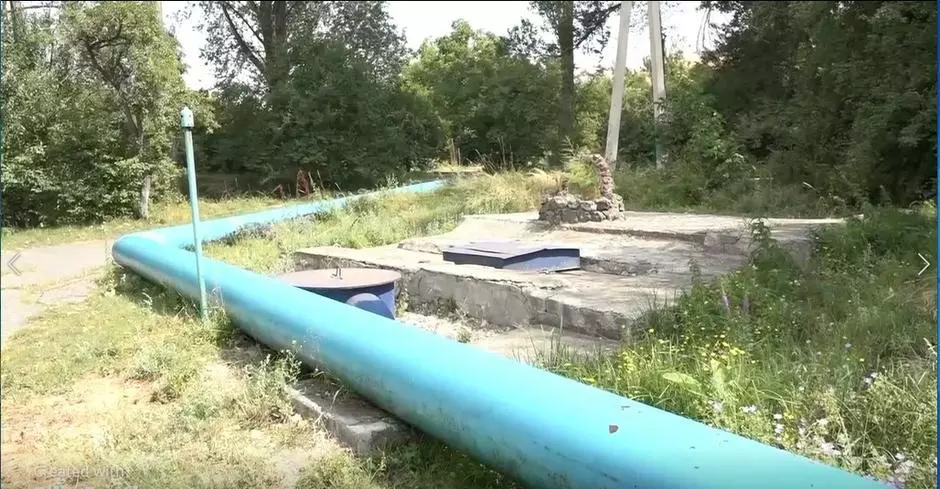
On December 23, 1911, the “Katnaghbyur–Yerevan” water pipeline was put into operation, marking the beginning of regular water supply in the capital.
The project was initiated by the “Erivanyan Water Supply” Joint-Stock Company, founded on June 24, 1910. The company was composed of 12 prominent figures from the provincial center of Erivan and was led by the renowned engineer Vasily Mirzoyev.
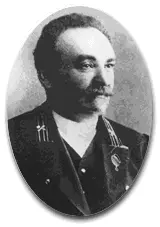
To organize the sale of water, a reservoir with a capacity of 125,000 buckets (1,500 cubic meters) was built in the "Kozyern" district. From there, water flowed to different neighborhoods of Erivan and was sold at nine distribution points.
Initially, water was supplied at a rate of 23 liters per second. While this was not enough to fully meet the domestic needs of the city's 30,000 residents, it nevertheless laid the foundation for a major development.
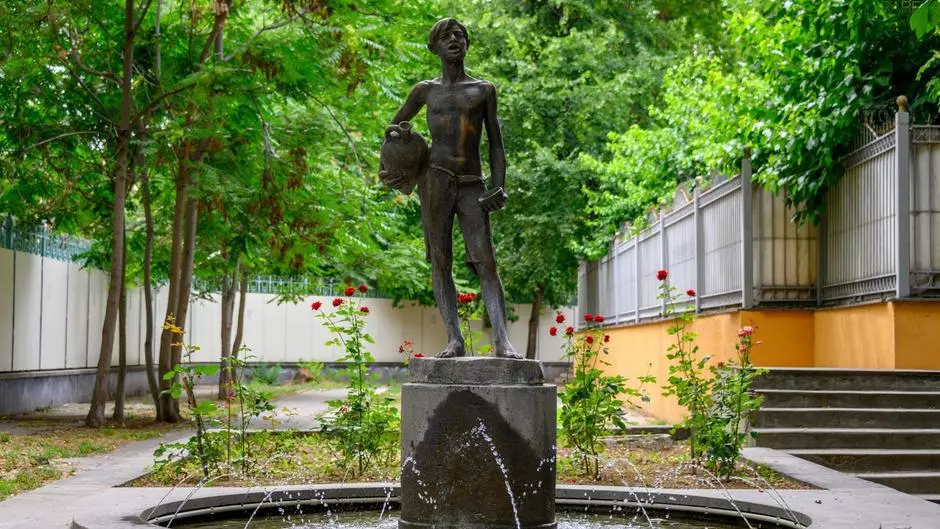
Decades passed, and the system expanded, grew stronger, and was adapted to meet the demands of the time. The quality of water improved significantly, and the water supply and sewage company was staffed with professional personnel. However, the stable water supply we enjoy almost everywhere today is owed to that very first pipeline.
It is evident that during the Soviet years, the water supply and sewage system of the capital experienced rapid development. The volume of drinking water being supplied could not meet the needs of Yerevan, which was rapidly developing following the establishment of the Soviet regime. New pipelines and reservoirs were constructed, and the structure of the water supply system was adapted to the demands of the time.
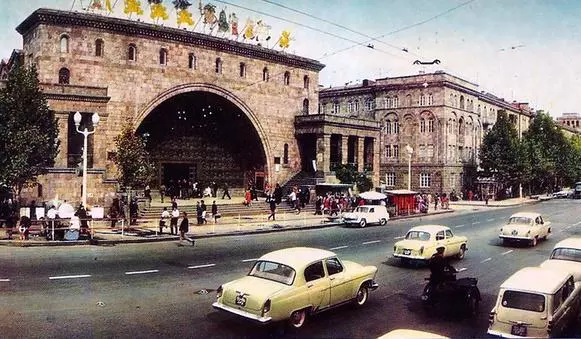
The Government of the Republic of Armenia initiated large-scale reforms in the drinking water supply sector in the 1990s. With financing from the World Bank, the preparation and implementation of loan programs began. The goal of these programs was to develop a modern water supply and wastewater system based on the infrastructure established during the Soviet era. The first pilot projects were implemented within Yerevan’s water supply system.
From 2000 to 2005, under a “Management Contract,” the responsibilities of managing Yerevan’s water supply company were carried out by the Italian joint company “A-Utility,” which was selected through an international tender.
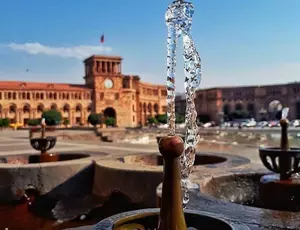
- Improve Yerevan's water supply system
- Reduce operational costs
- Increase the efficiency of water supply and wastewater services
- Improve the financial condition of the Company
The objectives outlined in the contract were successfully achieved, leading to a significant improvement in the reliability, stability, and service quality of the water supply. Considering these accomplishments, it was decided to transfer the right to operate the water systems used by Yerevan’s “Water and Sewerage Company” CJSC on a lease basis for a period of 10 years to an Operator selected through an international tender. As a result of the tender, the French company “Compagnie Générale des Eaux” was declared the winner, having submitted a bid that substantially met the tender requirements and offered the lowest calculated average tariff for the entire 10-year lease term.
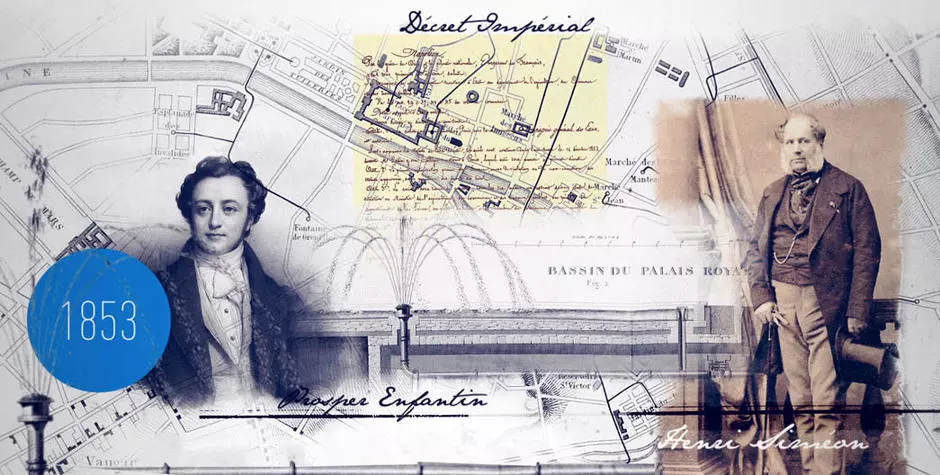
As a result of the contract's implementation, significant achievements were recorded in the zoning of Yerevan's water distribution network, improvement of network management, prevention of breakdowns, water losses, and illegal connections. These efforts contributed to a notable improvement in the continuity of water supply.
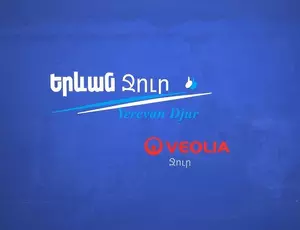
As a result, by the final year of the contract in 2016, the average daily water supply duration reached 97.6% (23.42 hours), exceeding the target of 95%. Currently, 80% of Yerevan’s customers are provided with a 24-hour water supply, while the remaining 20% receive water for at least 17 hours a day. Notably, interruptions for the latter group occur only during nighttime hours.
During the 10-year period of the “Lease Contract,” in order to expand the successes of the company it had established in Yerevan—“Yerevan Djur” CJSC—continue the recorded achievements and improvements, and move into the second phase of its effective cooperation in Armenia, the French company “Veolia Eau – Compagnie Générale des Eaux” decided to participate once again in the tender announced by the Government of the Republic of Armenia.
The lease contract for the water systems and other assets used and maintained by “Yerevan Djur,” “Hayjrmughkoyughi,” “Lori Water and Sewerage,” “Shirak Water and Sewerage,” and “Nor Akunk” CJSCs was signed on November 21, 2016, between the Government of the Republic of Armenia—represented by the State Water Committee of the Ministry of Energy Infrastructure and Natural Resources—the French company “Veolia Eau – Compagnie Générale des Eaux” S.A., and the Lease Company established by the latter in Yerevan, “Veolia Djur” CJSC. The contract came into effect on January 1, 2017.
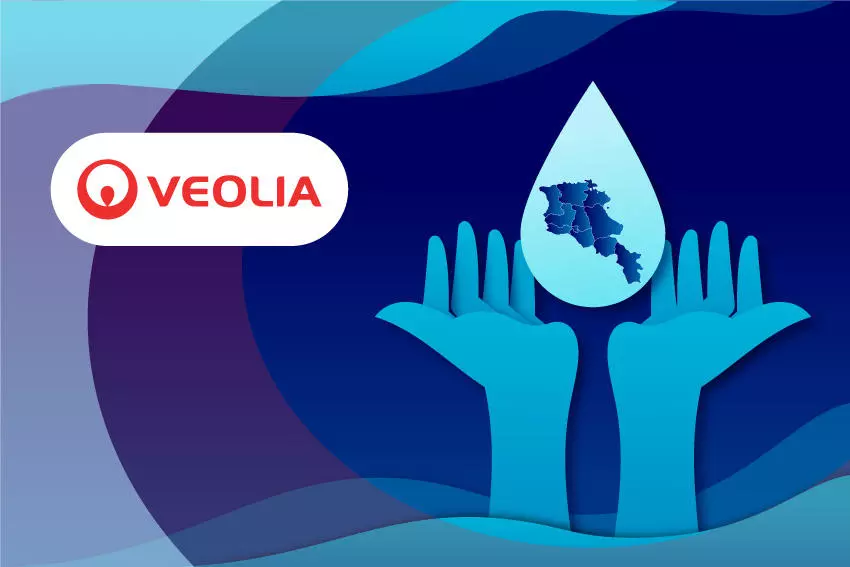
It serves 46 cities and 334 villages.
It provides wholesale water supply services to 76 settlements.
It serves 805,000 subscribers, of which 622,000 are active.
It has 2,619 employees.
Under the lease agreement, Veolia Djur has undertaken to ensure the management of drinking water production and sales, wastewater treatment systems, and the improvement and development of distribution network efficiency in the settlements previously served by Yerevan Djur, ArmWaterSewerage, Lori Water and Sewerage, Shirak Water and Sewerage, and Nor Akunk companies.
